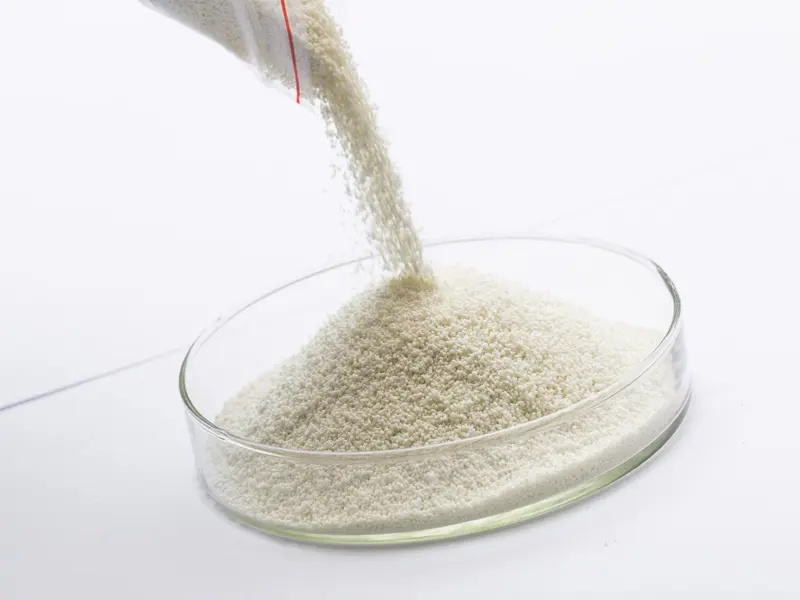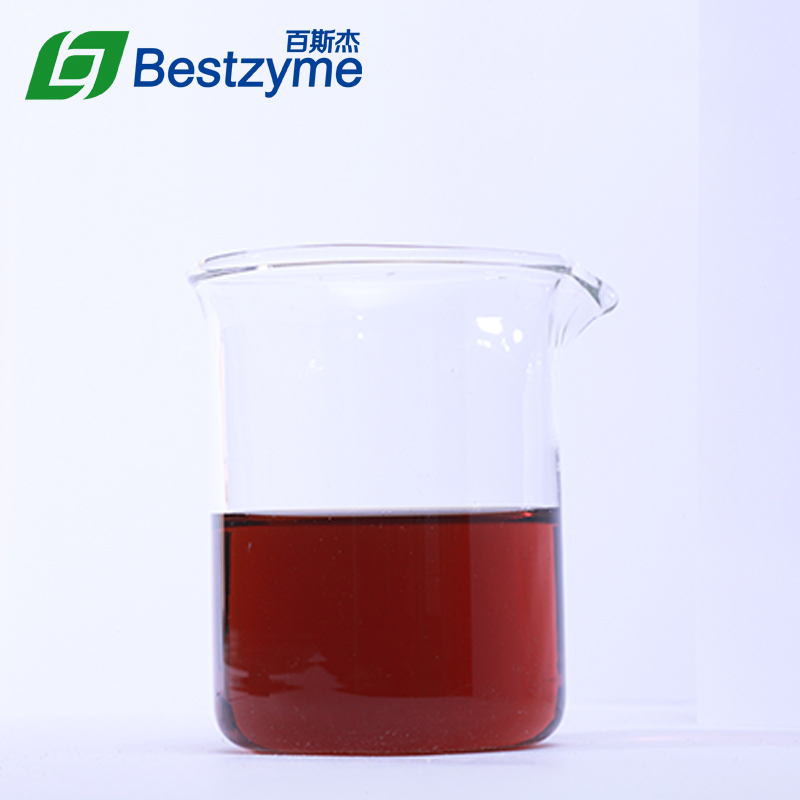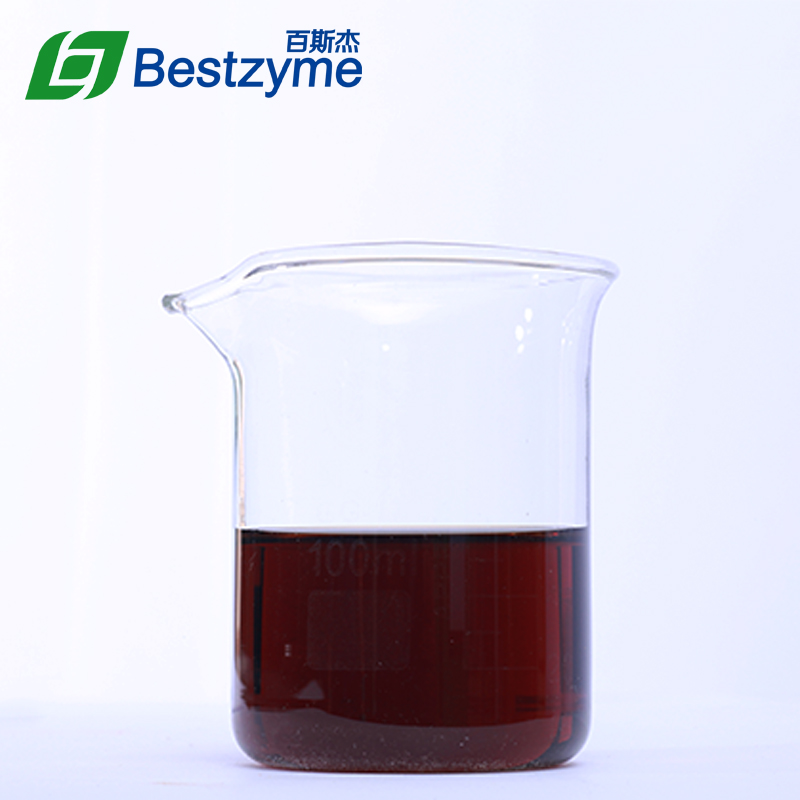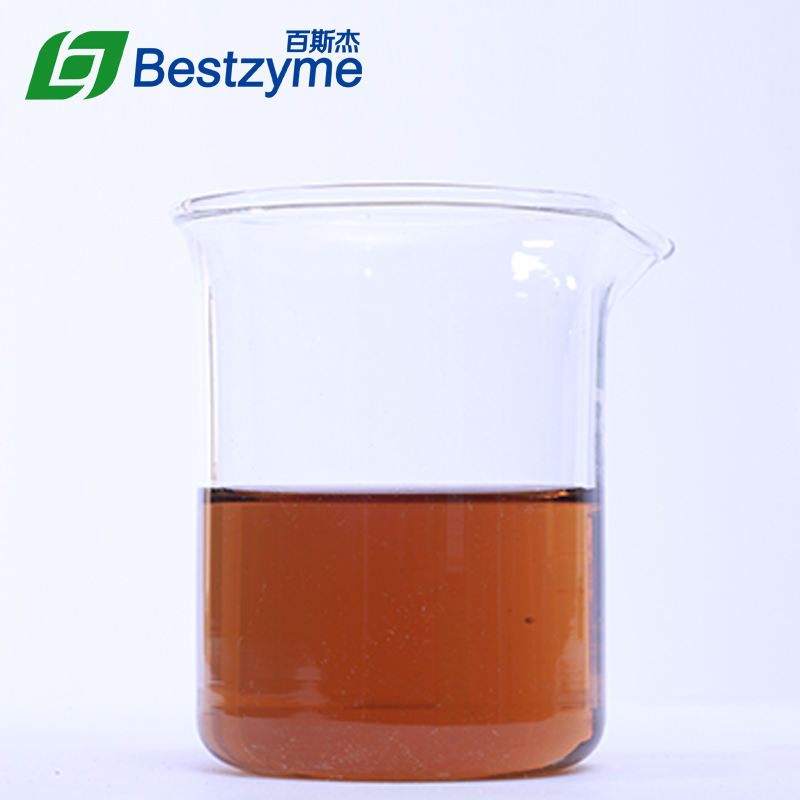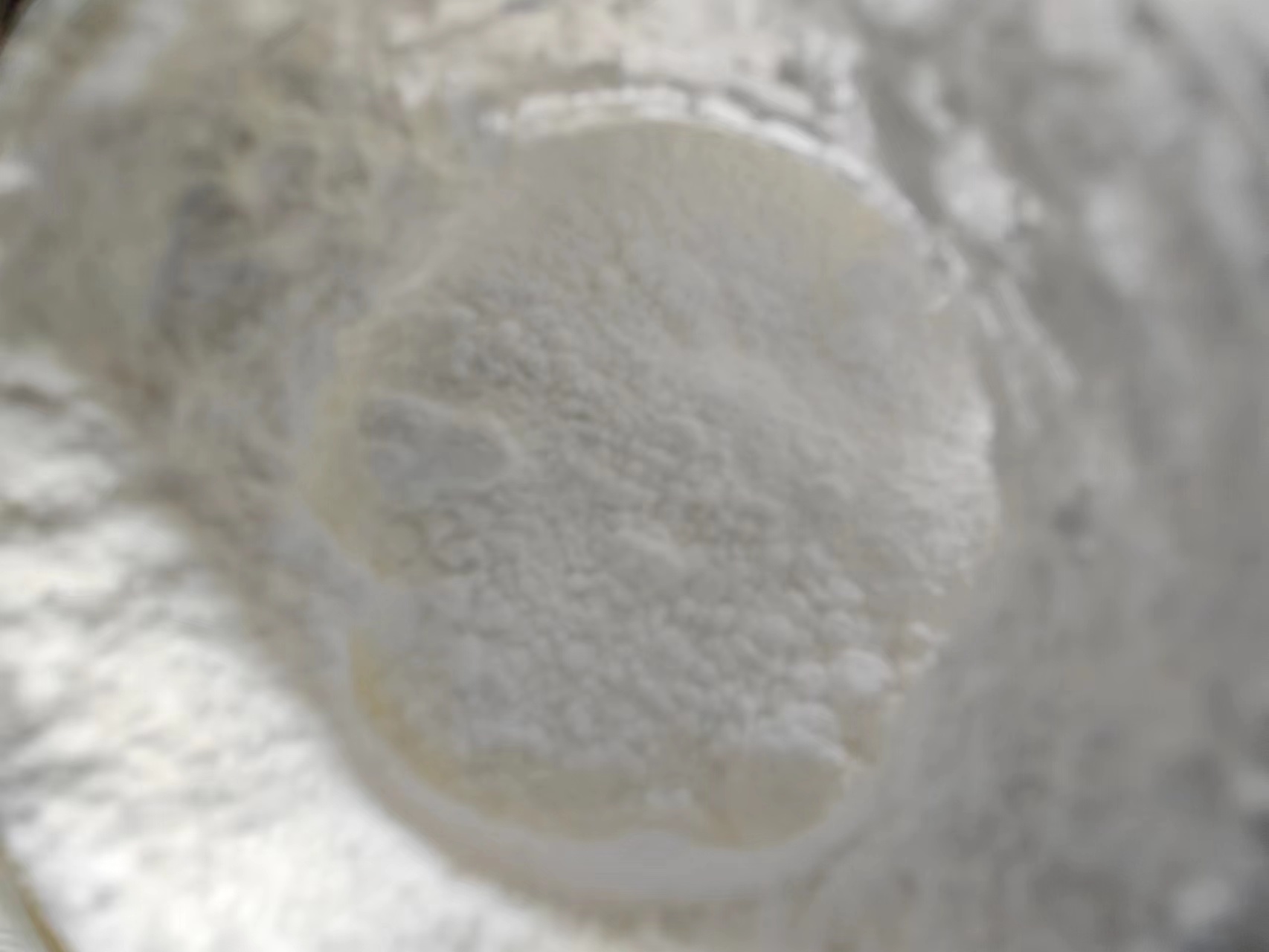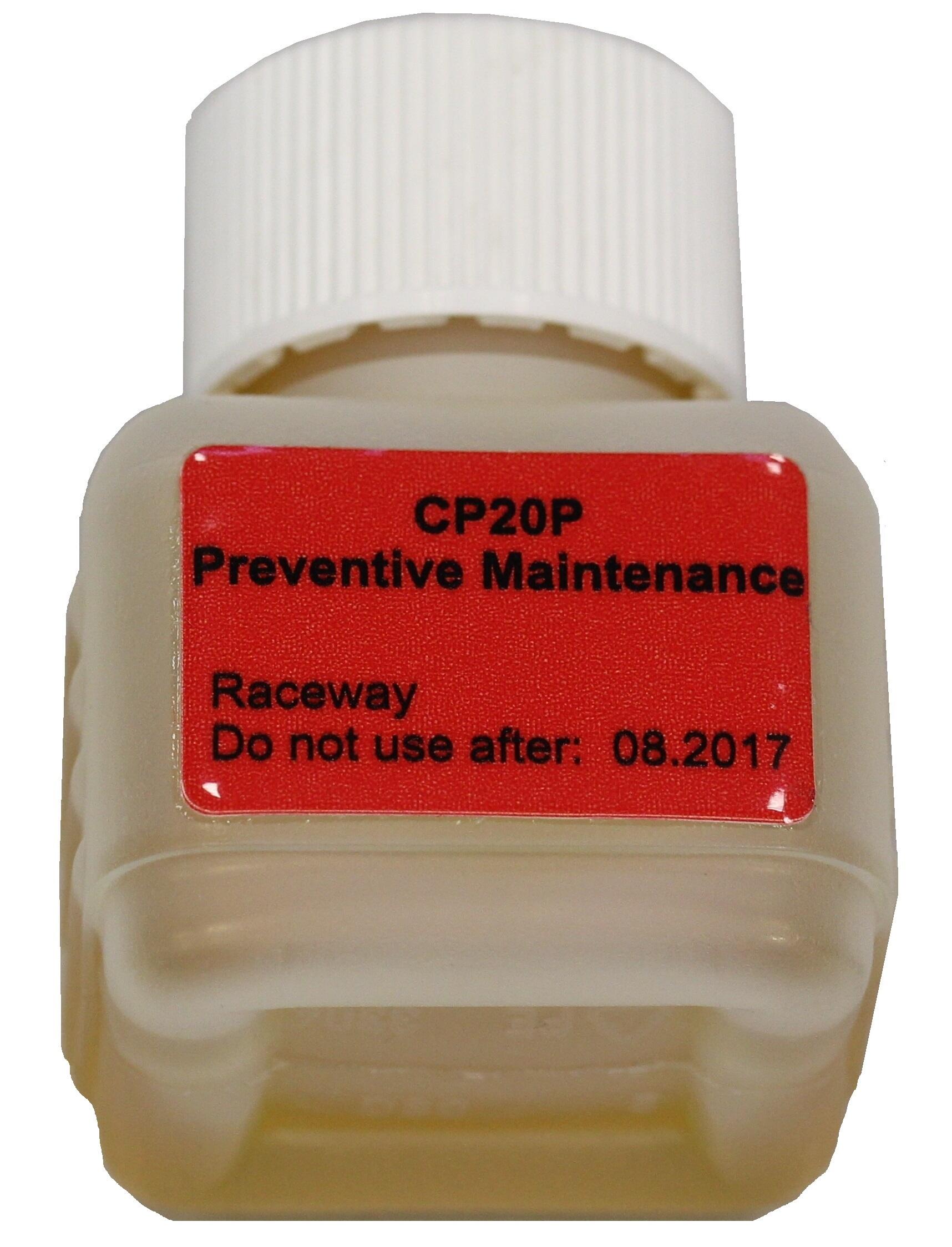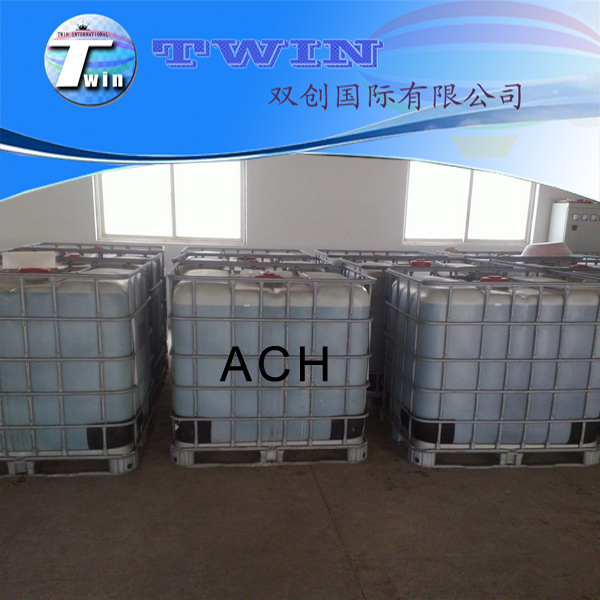Feed Enzyme
Feed enzymeis a widely recognized feed additive, which includes Phytase, Non Starch Polysaccharides enzymes, functional enzyme. The functions of enzyme are breaking the plant cell wall to release more nutrition, improving the digestive rate of feed with the endogenous enzyme, degrading the antinutrition factor of the grain such as corn, wheat, soybean mill, decreasing the viscosity of the chime, promoting the absorptivity of the nutrition from feed, improving gut health via inhibiting harmful bacteria, helping the intestinal tract to establish a good environment. Enzyme is an ideal feed additive for saving cost and increasing animal health. Bestzyme feed enzyme have three main series products. They are PhosGen series, EnerGen Series and NutriGen Series.
FAQs Of poultry feed enzymes
Why do animals need feed enzymes?
A:
(1)The digestive system of young animals is not well developed and the secretion of digestive enzymes is insufficient. The aging of animals will also cause the reduction of digestive enzyme secretion. Coupled with environmental emergency stimuli such as transfer, transportation, and cooling, the secretion of digestive enzymes in animal nutritionwill also be severely affected. That's why animals need digestive feed enzymes to supplement the deficiency of endogenous enzymes.
(2)The animal itself does not secrete phytase and NSP enzyme, so it must be added externally to ensure the animal’s high digestibility and utilization of these ingredients
(3) In addition to nutrients such as protein, carbohydrate and fat, feed also contains many anti-nutritional factors, such as phytic acid, non-starch polysaccharides (xylan, mannan, dextran, cellulose, pectin, galactosides and other cell wall components), proteins (trypsin inhibitors, plant lectins), starches (resistant starch), etc. Feed enzymes are added in order to reduce the anti-nutritional effects of anti-nutrients, increase the digestibility of nutrients, and ultimately increase digestibility of feed
What are the similarities and differences in the selection of feed enzymes in the juvenile and adult stages of animals?
A:
At the young animal stage: The digestive system is not well developed and many digestive enzymes are insufficiently secreted. Therefore, it is recommended to add digestive feed enzymes, especially protease, amylase, lipase, and also add phytase, NSP enzyme and other animals feed enzymes that are not produced by animal itself to promote digestion and absorption of nutrients in young animals, and also reduce common problems such as diarrhea and indigestion
At the adult animal stage: The digestive function of the animal is relatively good, and it has good digestion ability for a variety of nutrients. If the adult animal diet contains more anti-nutritional factors, β-glucanase and pectin should be used in NSP enzyme preparations, such as cellulase and phytase can eliminate the adverse effects of anti-nutritional factors. Digestive enzymes can also be added to cope with insufficient secretion of digestive enzymes due to stress and further improve the digestion effect of animals on feed
What are the differences between wheat and corn in physical and chemical composition and nutrition?
A:
(2) Wheat's protein content is 13.5% which is higher than corn (8%), but the amino acid balance of wheat is slightly worse than corn.
(3)The content of calcium, phosphorus and phytase in wheat is higher than corn, and the utilization rate of phosphorus is also higher.
(4)The crude fat content of wheat is lower than that of corn, and the content of linoleic acid is also much lower than that of corn. Using wheat instead of corn in the diet can increase the hardness of animal fat and improve the quality of pork.
(1)When the price of wheat and corn are not much different, wheat is cost-effective and you can use wheat to replace part of the corn.
(2) The maximum ratio of wheat to replace corn: 30% for nursery pigs, 40% for growing pigs, 60% for fattening pigs; 15% for small chickens, 25% for medium chickens, 35% for large chickens; 30% for broilers; 15% for small ducks and 35% for medium ducks, Big Duck 45%.
(3)Adding a variety of NSP enzymes can solve the problem of high NSP content in wheat diet: Adding high-efficiency xylanase can completely cut the branch chain and main chain of xylan, combined with β-glucanase and high-activity amylase, can improve the digestion and utilization rate of various nutrients in the feed.
For more informationabout Complex enzyme, please feel free to contact us!
There are many enzyme engineering companies, but we are one of the best choices for you.
Send product request
Other supplier products
| Alpha Amylase | Alpha amylase enzymeis an enzyme preparation abstracted from bacillus lincheniformis through deep-layer liquid fermentation, and is applied in such... | |
| Textile | Enzymes Used in Textile Industry Textile industry is facing tougher and tougher environmental regulations and challenges in the world. Troditional... | |
| Acid Protease | Acid Protease Protease catalyzes peptide bond and hydrolyzes protein into peptone, hydrazone, polypeptide and amino acid. Activity center of acid ... | |
| Acid Protease | Protease catalyzes peptide bond and hydrolyzes protein into peptone, hydrazone, polypeptide and amino acid. Activity center of acid protease includ... | |
| Beta Mannanse | Bestzyme Bio-Engineering Co., Ltd. is a enzyme engineering companies, focusing on research, development, manufacturing of enzyme products and appli... |
Same products
| MOLYKOTE G-4500 FM 400G Grease Original New | Seller: Guangdong Juguangheng Automation Equipment Co.,Ltd. | MOLYKOTE®G-4500 FMMulti-purpose Synthetic Grease White is a food grade grease that is used fo... | |
| SKF LGHP 2/1 1kg Bearing Grease Using in High temperature | Seller: Guangdong Juguangheng Automation Equipment Co.,Ltd. | ||
| micronized polyethylene homopolymer for ink manufacturing | Seller: Syntop chemical Co.,Ltd. | MicroF_W168 is a water-based micronized polyethylene homopolymer. The average particle size of M... | |
| Kluber LAMORA D220 30ML CP20P Preventive Maintenance Grease | Seller: Guangdong Juguangheng Automation Equipment Co.,Ltd. | Thanks & Regards, Nancy Tel / target="_blank"> | |
| water treatment grade aluminum chlorohydrate liquid | Seller: Twin International Co., Limited | 50% solution water treatment grade Aluminum Chlorohydrate ACH CAS: 12042-91-0 HS NO.:3824999999... |









